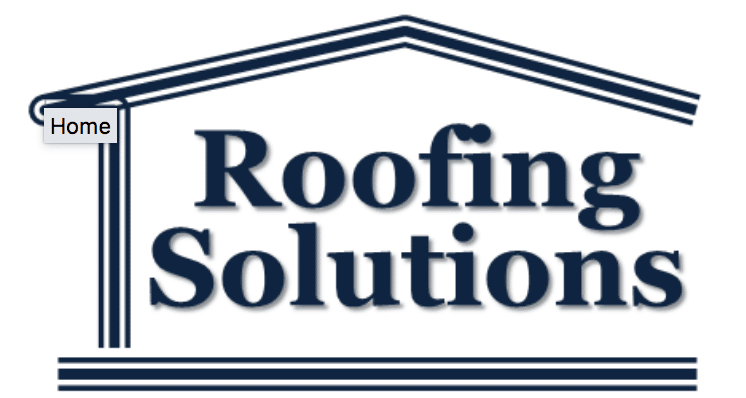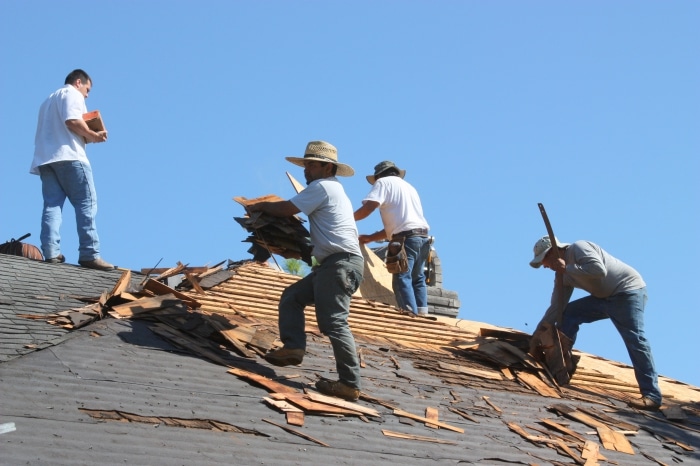It provides protection against wind, rain and snow, as well as shielding the interior from the blazing heat.
Most roofs can last anywhere from 25 to 40 years, depending on the material … if you reside in a hurricane, hail, or wind prone part of the country, the roof lifespan may be shorter.
Here are common roofing materials
- Asphalt shingles: The three-tab asphalt shingle is the most commonly used roofing material.
- Architectural shingle: Similar to an asphalt shingle, the architectural shingle is made to be thicker and the layers are staggered to give the roof a more architectural look.
- Slate: This hard, stone material is very strong and sheds snow and ice very well, which is why it was often used on homes in the Northeast. However, the weight of slate, which requires a more substantial roof structure, and the cost make it less popular among today’s homeowners.
- Metal: This material is an ideal choice for industrial applications or on agricultural or country homes where snow is frequent. A metal roof can range from relatively inexpensive galvanized steel to lofty copper that is pricey. A properly installed metal roof could last 50 years, which makes it a good value.

